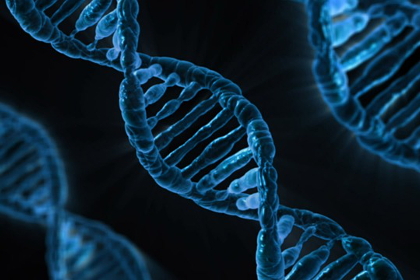
These Foods Aren’t Genetically Modified but They Are ‘Edited’
In a few years, you could be eating the next generation of genetically altered foods. And you may have no idea that something is different, because there may be no mention on the labeling even after a law passed by Congress last year to disclose genetically modified ingredients takes effect.
January 9, 2017 | Source: The New York Times | by Kenneth Chang
In a few years, you could be eating the next generation of genetically altered foods — potatoes that do not turn brown or soybeans with a healthier mix of fatty acids.
And you may have no idea that something is different, because there may be no mention on the labeling even after a law passed by Congress last year to disclose genetically modified ingredients takes effect.
A new generation of crops known as gene-edited rather than genetically modified is coming to the market. Created through new tools that snip and tweak DNA at precise locations, they, at least for now, largely fall outside of current regulations.
Unlike older methods of engineering genes, these techniques, like Crispr, so far have generally not been used to add genes from other organisms into the plants.
The federal Agriculture Department has asked companies to advise it of their plans. But once the companies submit data to show the agency that the gene edits do not introduce foreign genes from plant pests into the crops, the agency is giving businesses the green light.
Hundreds of acres of gene-edited crops have already been grown in several states, unencumbered by oversight or regulations. And a few people have eaten them already. “This is not Frankenfood,” said André Choulika, chief executive of Cellectis, one of the companies developing gene-edited crops.
In October, Cellectis hosted a dinner at Benoit New York, the Alain Ducasse Manhattan restaurant, and served dishes made from its gene-edited soybeans and potatoes. Guests included professors, journalists and celebrities like Neil Patrick Harris, the actor.
“I don’t even know what gene editing is,” Mr. Harris said. “I thought we were supposed to wear jeans.”
Calyxt, a subsidiary of Cellectis doing the gene-edited food, is also developing new versions of wheat including one with greater resistance to fungal diseases, another lower in carbohydrates and higher in dietary fibers.
